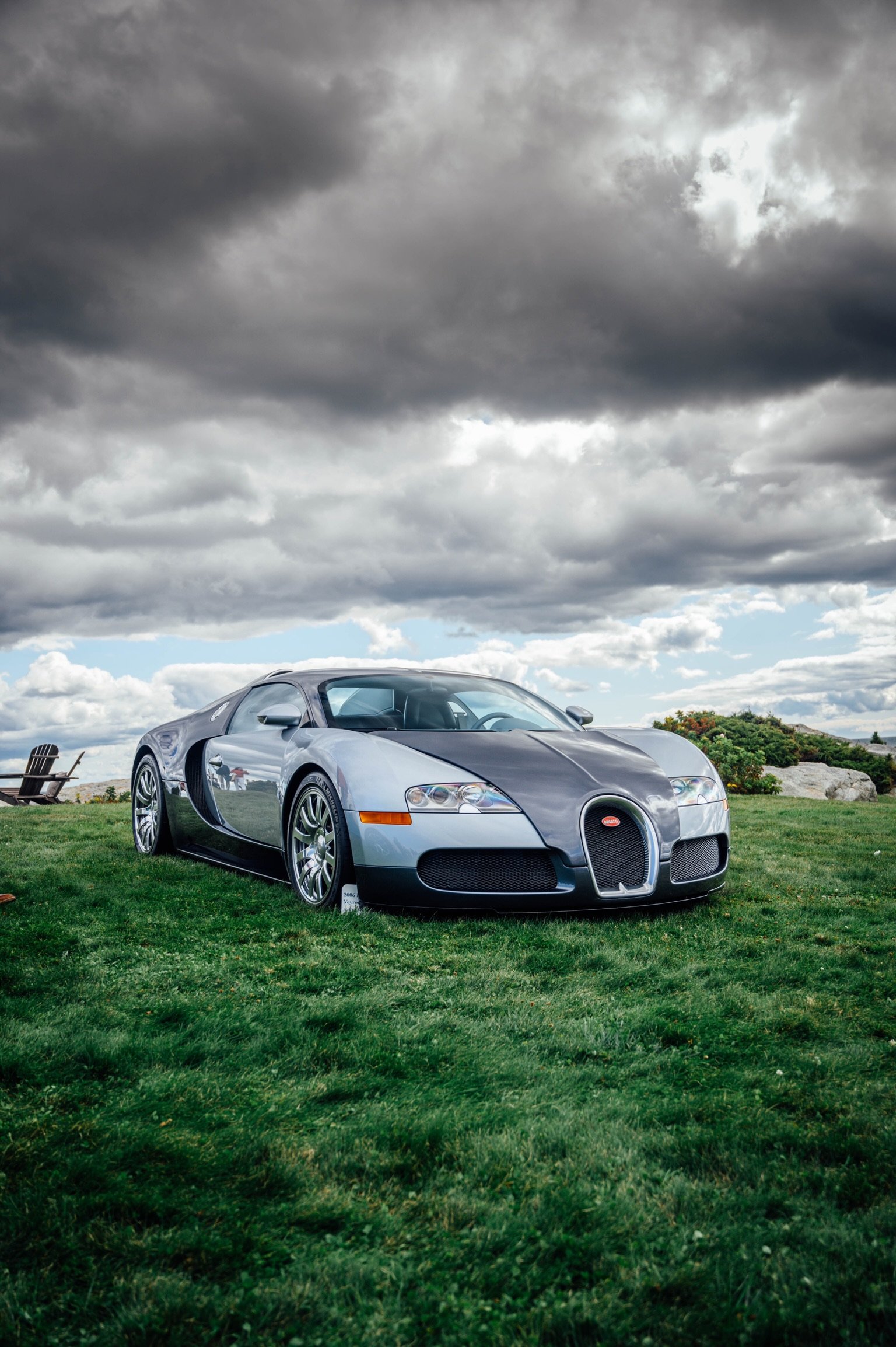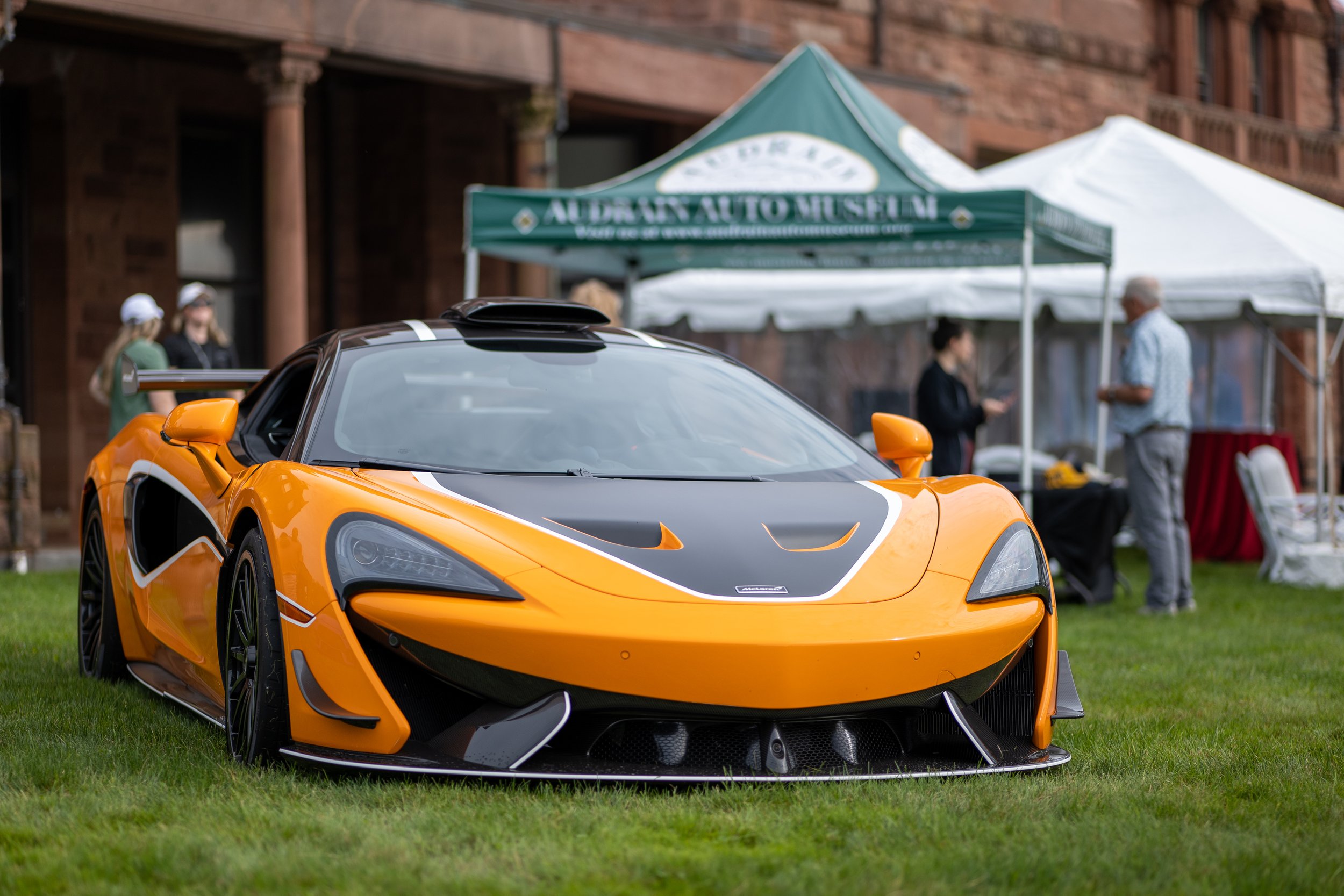1998 Mercedes-Benz CLK GTR Straßenversion
Direct motorsport backbone, most expensive new car in 1998, only 26 made. Is it super?
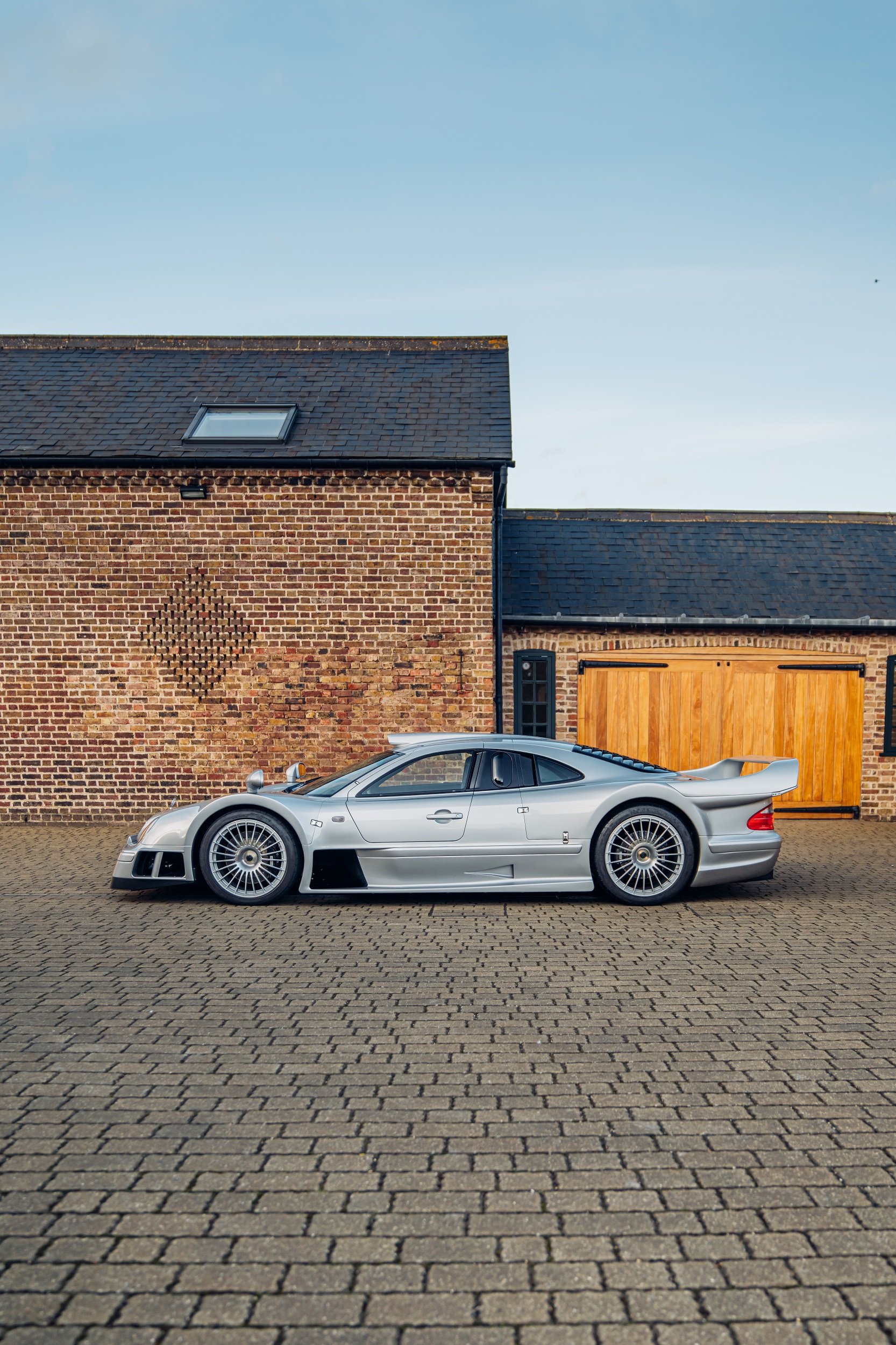
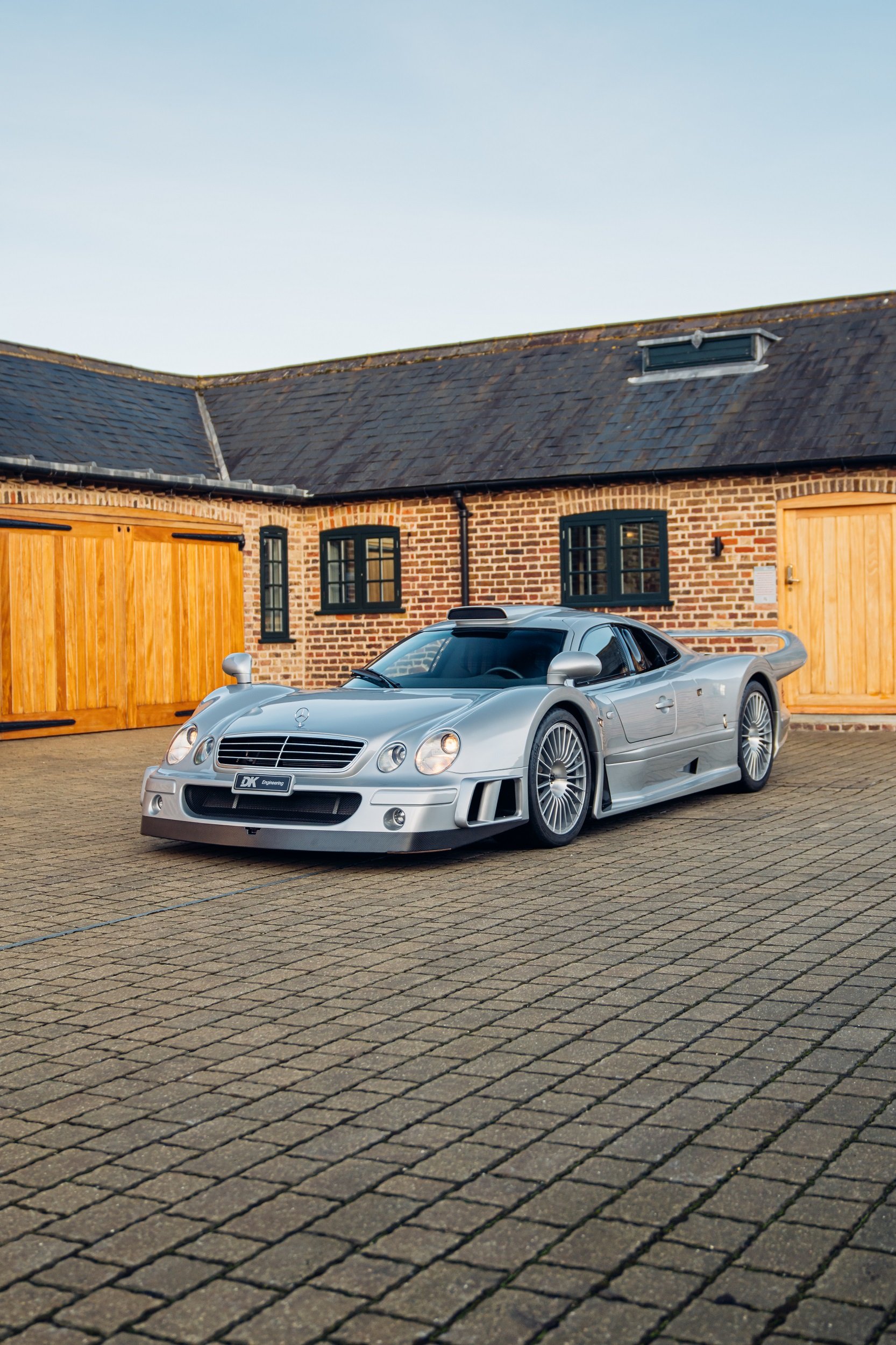

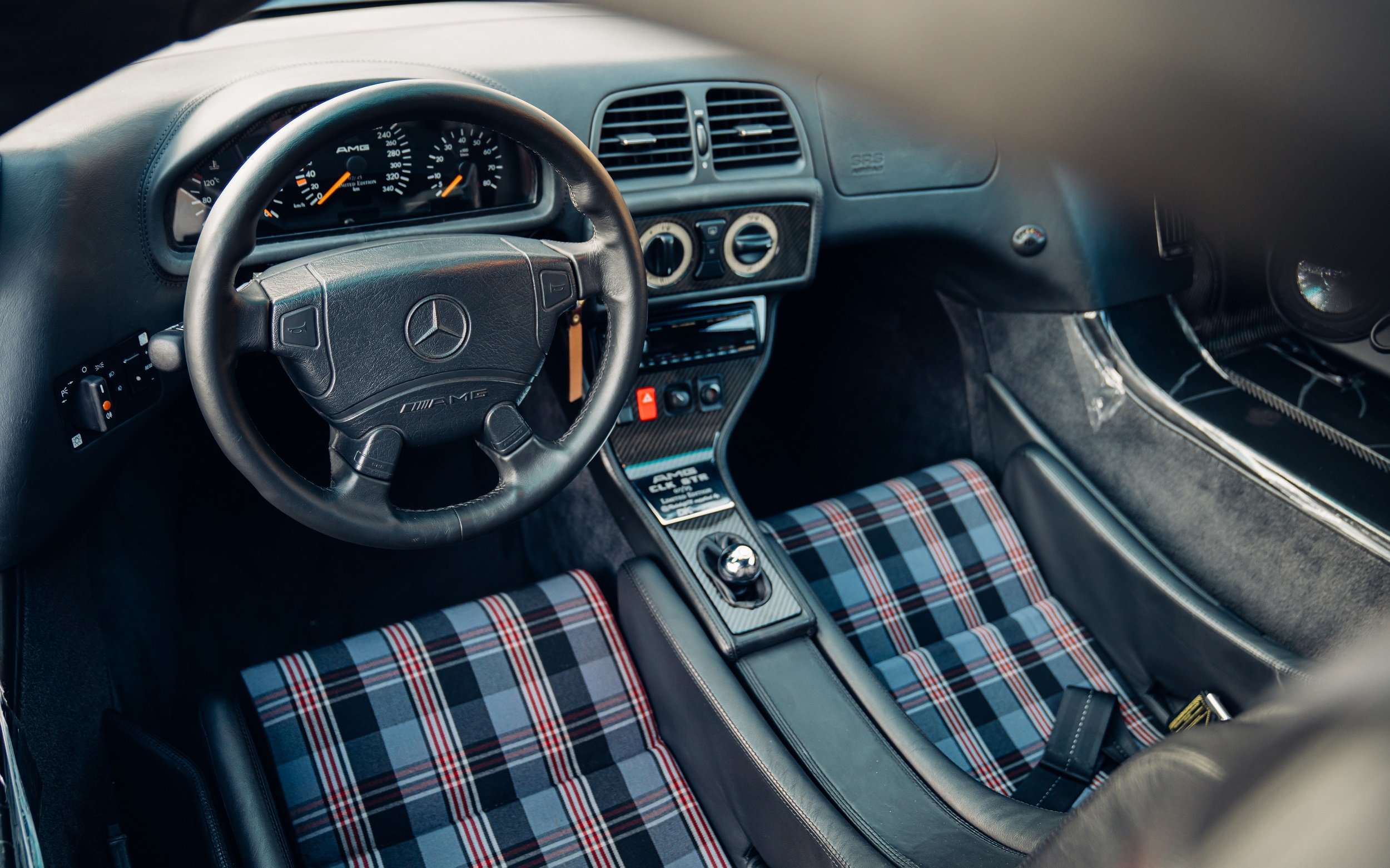

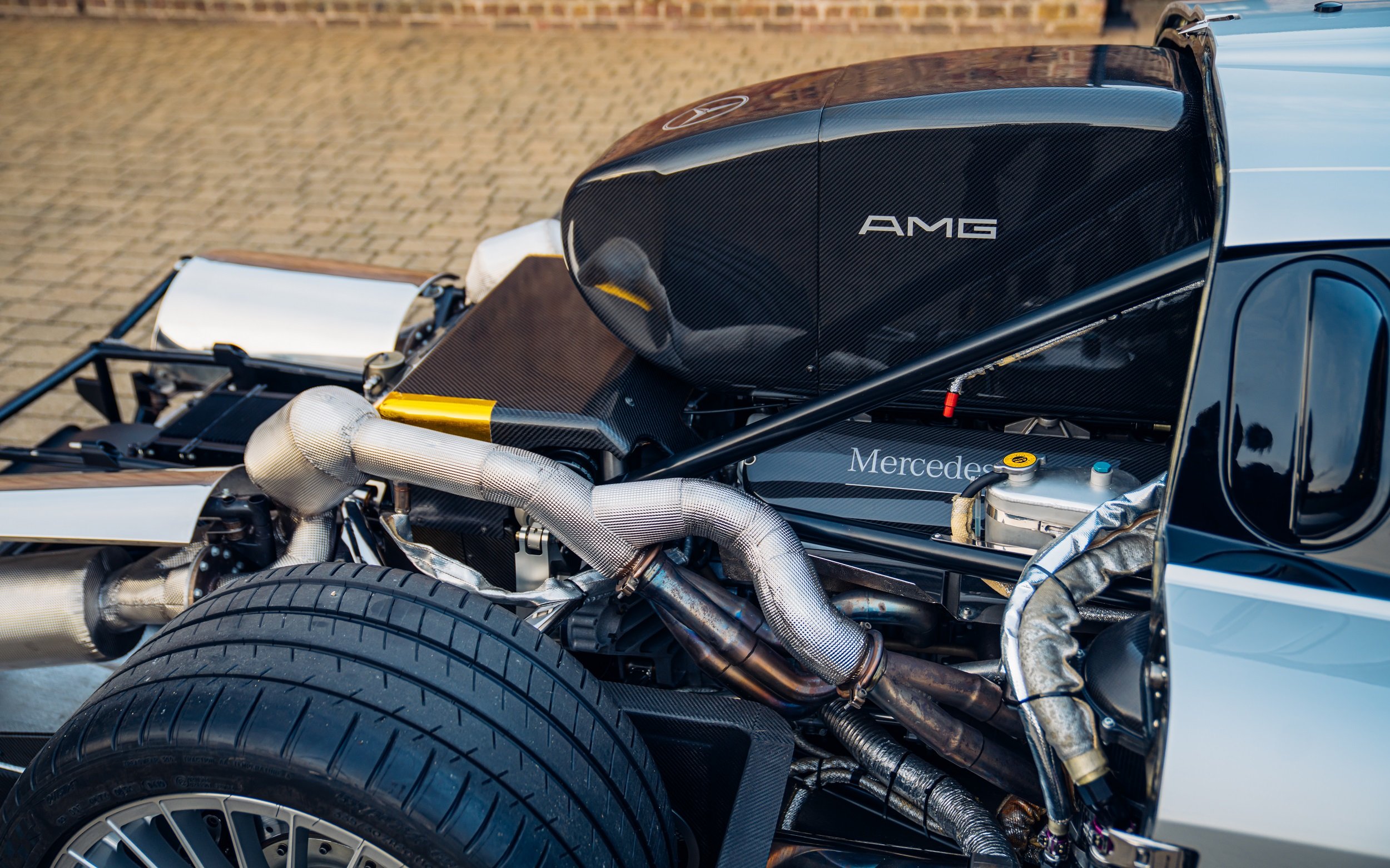
From the @redshift75 collection
The Mercedes-Benz CLK GTR Straßenversion, or street version, is perhaps the most radical car the company has built for road use over the last century. The CLK GTR is the first true supercar built by Mercedes-Benz. After the McLaren F1 and Porsche GT1 began to dominate the class, it was Mercedes’ turn to try their hand at the most competitive racing league of the late 1990’s. The CLK GTR was nothing short of dominant, winning 17 out of 22 races entered in 1997 and 1998 before the FIA cancelled the class in 1999.
Mercedes-Benz built the CLK GTR in an attempt to dethrone the McLaren F1 and Porsche GT1 in the FIA GT1 class, after they each dominated the class in 1995 and 1996 respectively. In 1996 during early development of the CLK GTR, Mercedes purchased an unused F1 GTR from the French Larbre Competition team, in order to gauge the F1 GTR’s performance and ensure the CLK GTR would be able to measure up to the defending champion. The CLK GTR went on to win the championship in both 1997 and 1998.
Just 26 CLK GTR Straßenversion examples were built to satisfy homologation rules that required 25 road legal cars to be built in order for the CLK GTR race car to be eligible in the FIA GT1 class. While the car is based on the much more pedestrian CLK coupe, the only components the GTR shares with the normal CLK are the headlights, taillights and front grille. Mercedes wanted to ensure the GTR Straßenversion resembled the race car experience as much as possible, while working hard to keep the price low. Air conditioning was standard, as was leather upholstery and traction control. Still, the CLK GTR was certified by the Guinness Book of World Records as the most expensive production car ever built upon its release in 1998, with a cost of $1,547,620.
The name Straßenversion states directly that the CLK GTR is a streetcar, however the driving experience is far from pedestrian. The sequential gearbox requires the driver to engage the clutch while using the column mounted paddle shifters, a unique setup, but common in 1990’s racing cars. Once underway, the cabin is flooded with transmission whine, induction noise via the roof mounted air intake, and significant road noise. Because the V12 engine is bolted directly to the carbon fiber chassis, there aren’t rubber bushings to lessen the road feel, creating significant vibrations and road feel through the steering wheel and the seat. Both the front and rear suspension are double wishbones like the race version, with the rear bolted directly to the engine. Rubber suspension bushings and softer dampening help the GTR absorb rough road surfaces a bit more smoothly.
The CLK GTR is remembered today as one of the most advanced and outrageous cars of the 20th century. Its history on the track is solidified after tackling McLaren, Porsche and others to take home the GT1 championship in back-to-back years, and on the road the experience is very similar: a brutal, yet, mechanically refined supercar with endurance DNA. With just 26 in existence, we hope you get the chance to admire another one soon.
Specifications:
Engine: 6.9 Liter V12
Horsepower: 612 @ 6800 RPM
Torque: 568 ft./lbs. @ 5250 RPM
Top Speed: 213 MPH
0-60 MPH: 3.6 Seconds
Transmission: Six Speed Manual, with Paddle Shifters and Clutch
Weight: 3404 lbs.











